JoVE Science Education
Basic Methods in Cellular and Molecular Biology
A subscription to JoVE is required to view this content.
Plasmid Purification
Overview
Plasmid purification is a technique used to isolate and purify plasmid DNA from genomic DNA, proteins, ribosomes, and the bacterial cell wall. A plasmid is a small, circular, double-stranded DNA that is used as a carrier of specific DNA molecules. When introduced into a host organism via transformation, a plasmid will be replicated, creating numerous copies of the DNA fragment under study.
In this video, a step-by-step generalized procedure is described for how to perform plasmid purification. Plasmid purification includes three basic steps: growth of the bacterial culture, harvesting and lysis of the bacteria, and purification of the plasmid DNA. The video contains an explanation where the plasmid can be found in each step of the protocol and to quantitatively and qualitatively analyze plasmid DNA with a spectrophotometer and/or gel electrophoresis. There are different types of plasmid purification methods available, which are geared toward desired yield, plasmid copy number, and bacterial culture volume.
Procedure
Plasmids are circular, extra chromosomal, DNA molecules and in molecular biology they act as carriers, or vectors, for a specific DNA fragment. Bacteria are used to replicate plasmids, so that your DNA of interest is mass-produced. The process by which researchers obtain plasmids from bacteria is called plasmid purification, which will be explained in this video.
Obviously, plasmid purification involves purifying plasmids, but what does that mean exactly? To purify plasmids, they must be
Tags
Skip to...
Videos from this collection:

Now Playing
Plasmid Purification
Basic Methods in Cellular and Molecular Biology
307.7K Views
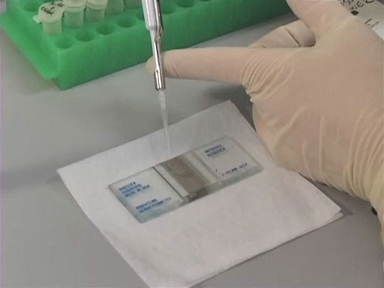
Using a Hemacytometer to Count Cells
Basic Methods in Cellular and Molecular Biology
223.4K Views
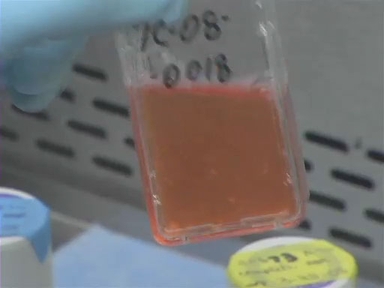
Passaging Cells
Basic Methods in Cellular and Molecular Biology
191.9K Views
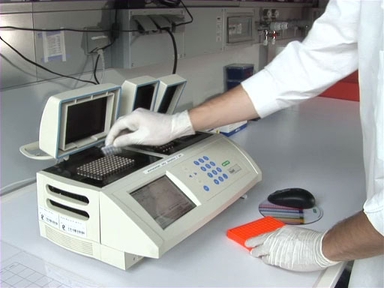
PCR: The Polymerase Chain Reaction
Basic Methods in Cellular and Molecular Biology
723.5K Views

DNA Gel Electrophoresis
Basic Methods in Cellular and Molecular Biology
606.3K Views

Separating Protein with SDS-PAGE
Basic Methods in Cellular and Molecular Biology
479.5K Views

Bacterial Transformation: The Heat Shock Method
Basic Methods in Cellular and Molecular Biology
737.1K Views

Bacterial Transformation: Electroporation
Basic Methods in Cellular and Molecular Biology
115.3K Views
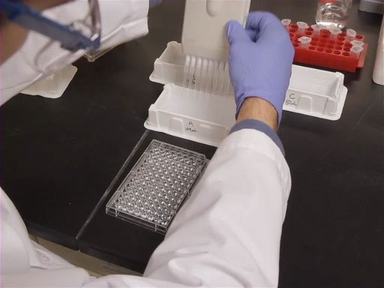
The ELISA Method
Basic Methods in Cellular and Molecular Biology
252.7K Views
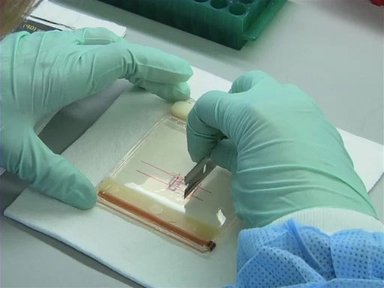
Gel Purification
Basic Methods in Cellular and Molecular Biology
110.3K Views

The Western Blot
Basic Methods in Cellular and Molecular Biology
504.2K Views
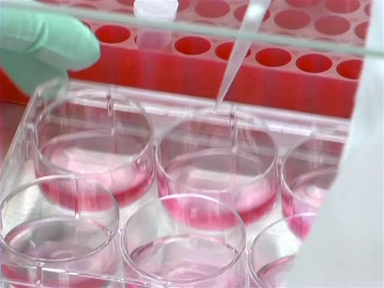
An Introduction to Transfection
Basic Methods in Cellular and Molecular Biology
170.4K Views
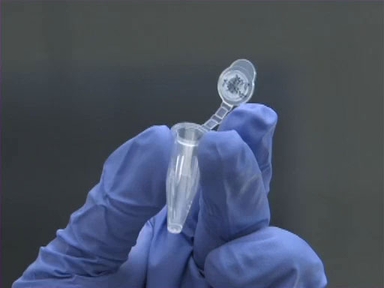
DNA Ligation Reactions
Basic Methods in Cellular and Molecular Biology
189.2K Views
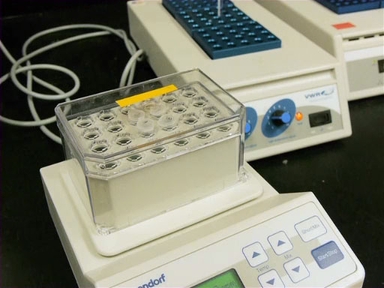
Restriction Enzyme Digests
Basic Methods in Cellular and Molecular Biology
286.0K Views

Molecular Cloning
Basic Methods in Cellular and Molecular Biology
376.7K Views
ISSN 2578-1952
Copyright © 2025 MyJoVE Corporation. All rights reserved
We use cookies to enhance your experience on our website.
By continuing to use our website or clicking “Continue”, you are agreeing to accept our cookies.